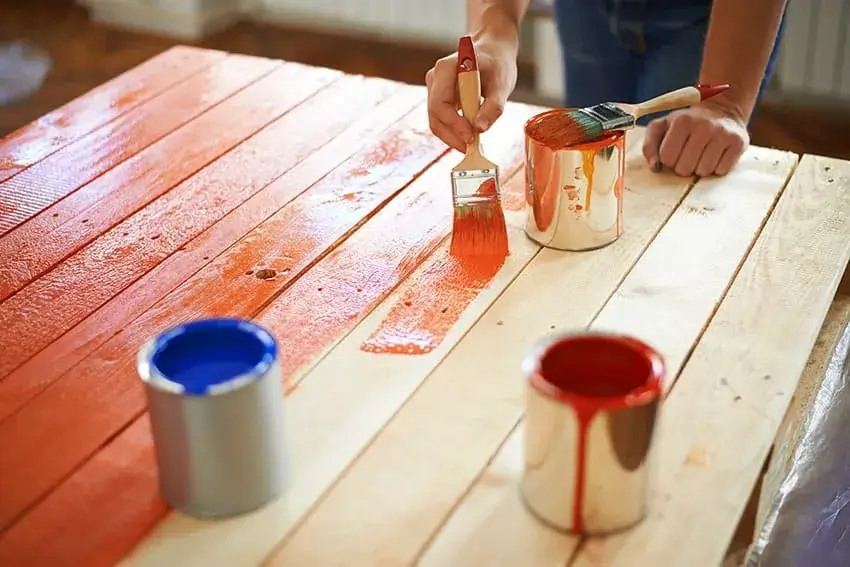Baseboards are the trim pieces that run along the bottom of the wall, covering the gap between the floor and the wall. They add a finishing touch to any room, but they can also be a challenge to paint. Painting baseboards requires precision, patience, and the right tools. In this article, we will explore what is the best tool for painting baseboards, and how to use it effectively.
The best tool for painting baseboards is a high-quality angled sash brush.
An angled sash brush is a type of paintbrush that has a tapered tip and a slanted edge. It is designed to cut in along edges and corners, making it ideal for painting baseboards. An angled sash brush can help you achieve a smooth, even, and crisp line along the baseboard, without getting paint on the wall or the floor.
There are different sizes and types of angled sash brushes, but the best one for painting baseboards is a 2-inch or 2.5-inch brush with synthetic bristles. Synthetic bristles are more durable, easier to clean, and less prone to shedding than natural bristles. They also work well with both latex and oil-based paints.
A high-quality angled sash brush may cost more than a cheap one, but it is worth the investment. A cheap brush may leave streaks, drips, or brush marks on your baseboards, ruining the look of your paint job. A high-quality brush will last longer, hold more paint, and deliver a smoother finish.
How to use an angled sash brush for painting baseboards
Before you start painting your baseboards, you need to prepare the surface and the area. Here are some steps to follow:
- Remove any dust, dirt, or debris from the baseboards using a vacuum or a damp cloth.
- Fill any holes, cracks, or gaps in the baseboards with wood filler, and sand them smooth once dry.
- Apply painter’s tape along the edge of the wall and the floor, to protect them from paint splatters.
- Lay down a drop cloth or a plastic sheet on the floor, to catch any drips or spills.
- Stir your paint well, and pour some into a small container or a paint tray.
- Dip the tip of your angled sash brush into the paint, and wipe off any excess on the edge of the container or the tray.
Now you are ready to paint your baseboards. Here are some tips to follow:
- Start from one end of the baseboard, and work your way to the other end, painting in sections of about 3 feet at a time.
- Hold the brush at a 45-degree angle to the baseboard, and apply light pressure.
- Use the tip of the brush to cut in along the edge of the wall and the floor, and the side of the brush to fill in the rest of the baseboard.
- Use long, smooth, and even strokes, following the direction of the wood grain.
- Reload your brush as needed, but avoid overloading it with too much paint, as this can cause drips or runs.
- Feather out any brush marks or ridges by lightly brushing over them with a dry brush.
- Let the first coat of paint dry completely, according to the manufacturer’s instructions, before applying a second coat if needed.
Conclusion
Painting baseboards can be a tedious and time-consuming task, but it can also make a big difference in the appearance of your room. The best tool for painting baseboards is a high-quality angled sash brush, as it can help you achieve a professional-looking result with minimal effort. By following the steps and tips outlined in this article, you can paint your baseboards with confidence and ease. Happy painting!

